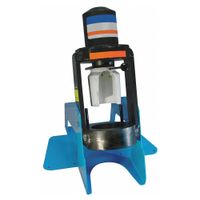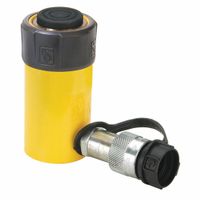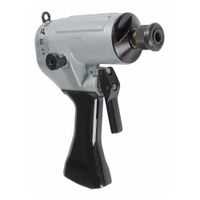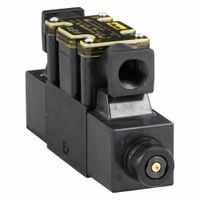- Home
- Hydraulics
.....Read More

Hydraulic Accumulators

Hydraulic Cylinders & Seals

Hydraulic Equipment Replacement Parts

Hydraulic Filtration

Hydraulic Fittings

Hydraulic Hose Crimping Machines & Accessories

Hydraulic Oil Coolers

Hydraulic Power Units

Hydraulic Pumps

Hydraulic Rams & Tools

Hydraulic Tanks

Hydraulic Tools

Hydraulic Valves & Flow Control
Frequently Asked Questions
What is hydraulics and how does it work?
What are the basic principles of hydraulics?
What are the main components of a hydraulic system?
What are common applications of hydraulics?
How do you maintain a hydraulic system?
What are the advantages and disadvantages of hydraulic systems?
What causes hydraulic system failures?
How do you troubleshoot hydraulic system problems?
What type of fluid is used in hydraulic systems?
How do you calculate hydraulic pressure and flow?